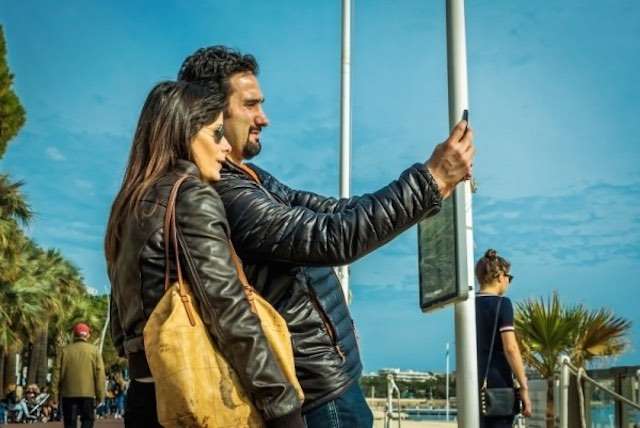Costa Rica Has Been Powered Only By Renewable Energy For 122 Days
After using renewable energy for 99% of their electricity in 2015, this Latin American country plans to be carbon neutral by 2021.

Tapping into social media posts on Instagram, Flickr and Panoramio gave North Carolina State University researchers a trove of information about people's opinions of scenic European landscapes. A new study shows that geotagged photos – complete with millions of comments – can provide data for predictive models to help guide land use policy, conservation planning and development decisions worldwide.
The research comes as land use in Europe and worldwide continues to shift because of urbanization. Land devoted to agriculture, mining and forestry may be managed for recreation, leisure activities and tourism instead, van Berkel says.
Crowdsourced predictive models could help residents of the Swiss Alps make decisions about whether mountain meadows are best suited for grazing cattle, suburban housing or a new ski resort. French residents could choose between allowing large-scale agricultural production or investing in preserving traditional hedgerows around fields because of their beauty and environmental value as habitat for birds and pollinating insects.
"We found that Panoramio, Instagram and Flickr provided comparable data that was reliable as an indicator of which landscapes visitors value most on a continental scale," van Berkel says. "It's difficult to put a numerical value on beauty and inspiration, but policymakers need to know which locations have aesthetic and cultural worth so that they can develop strategies to preserve those landscapes and think in terms of amenity-driven visitors and agricultural tourism to boost local economies."
Researchers created algorithms to filter data from Instagram and Panoramio, which are widely used across Europe, and Flickr, which is more common in Central and Western Europe. They mapped the geographic distribution of images in Europe and ranked sites into four quartiles, from most- to least-visited locations. In analyzing visitor patterns, researchers found the most-valued landscapes included mountainous areas, locations near rivers and lakes, and areas near population centers.
"These landscapes are clearly providing ecosystem services highly valued by society," says Ross Meentemeyer, director of NC State's Center for Geospatial Analytics and a co-author of the study. "Using social media to uncover and quantify people's interest in ecosystem services is an exciting new approach to understanding the important connection between natural resources and human health and wellbeing."
Instagram, a mobile app for photo sharing, offered a particularly rich source of data for the study because it allows users to attach comments and hashtags to their photos. Photo-sharing data provides a snapshot of the values of millennials, a key demographic group for future land use decisions, van Berkel says.
"Geospatial analytics allows us to study how urbanization changes the landscape and to predict the consequences of those changes," van Berkel says. "Our goal is to model what will happen in different scenarios – something like what you'd see in Sim City – but using a computer model driven by real data about real places."
(Source: North Carolina State University)
Click To Share The News With Your Friends
Be the first to comment